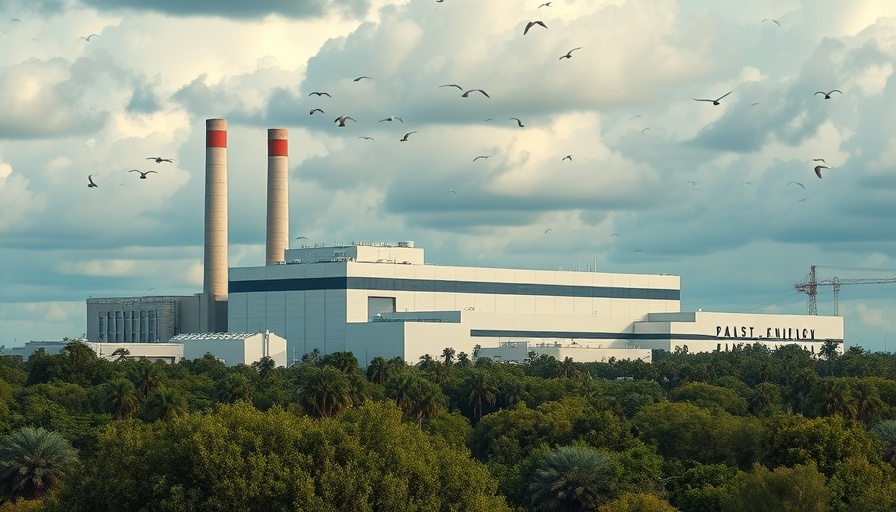
The Impact of Immigration Crackdowns on Labor Recruitment
As the landscape of immigration law continues to transform under the Trump administration, the implications for labor recruitment in 2025 become increasingly significant. With a decline in the foreign-born workforce contributing to a tighter labor market, the construction industry may face ongoing challenges in sourcing talent. Recent reports from Wells Fargo indicate that the foreign-born workforce has dipped by approximately 150,000 between February and June 2025, highlighting a concerning trend for sectors reliant on immigrant labor.
The Consequences of Policy Changes
The recent decision to rescind Temporary Protected Status for Honduran and Nicaraguan immigrants affects thousands of individuals and, in turn, the labor market. With a wave of ICE raids sweeping across the nation, including workplaces in states like Florida and Texas, fears surrounding job security and availability for foreign-born workers are heightened. These enforcement actions could lead to labor shortages, particularly in construction, where immigrant workers comprise a considerable percentage of the workforce.
Foreign Workers: Key Contributors to Labor Growth
Statistics show that immigrant workers accounted for 19% of the total U.S. labor force compared to just 11% in the 1990s, a significant increase driven largely by the need to fill vacancies in various sectors, especially during the pandemic. With immigrant workers representing three-quarters of labor growth since early 2020, their contributions cannot be overstated.
Future Trends in Labor Supply
As immigration reform takes center stage, businesses must strategize how to adapt to an increasingly challenging recruitment environment. Allowing more pathways for legal employment for migrants could ease labor shortages, particularly in skilled trades, traditionally dominated by foreign workers. Businesses that position themselves to engage with immigrant communities and potential recruits can cultivate a diverse talent pool, essential for thriving in an evolving economic landscape.
The Potential for Workforce Innovations
Companies embracing technological integration and innovative training solutions may find themselves better equipped to attract talent regardless of immigration status. Implementing programs that enhance worker experience, as well as collaborating with community organizations, can pave the way for more effective recruitment in the face of tightening immigration laws.
Actionable Insights for Business Leaders
Executives in the construction and property development sectors must remain vigilant about these immigration trends and their impacts on labor supply. A proactive approach includes advocating for fair immigration policies that support workforce growth while developing internal training programs to reduce reliance on foreign labor. Fostering organizational commitment to diversity can improve retention and recruitment efforts while driving innovation in project delivery.
Conclusion: Navigating Change
The intersection of immigration policy and labor supply presents both challenges and opportunities for the construction industry in 2025. As businesses reflect on the implications of these changes, turning to innovative recruitment strategies and workforce development will be crucial in maintaining competitive advantage. Understanding and adapting to these dynamics is not just necessary—it is imperative for survival and growth in a rapidly evolving market.
For business owners, property developers, and facility managers, remaining informed about the shifts in immigration laws and labor dynamics will be essential. Engage with immigrant talent, enrich your workforce capabilities, and contribute to creating a more inclusive professional landscape. By prioritizing recruitment and retention strategies that reflect the value of all workers, businesses can effectively prepare for the challenges ahead.
 Add Row
Add Row  Add
Add 




Write A Comment